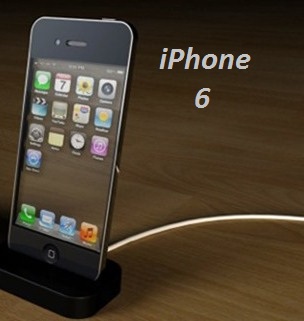NFC
NFC (Near Field Communication) is a short-range radio technology works in the 13.56 Mhz spectrum, can greatly simplify how a user gathers data and interacts with their environment and one device to other device. When a phone touches, or is held near an NFC tag or another NFC capable device, the phone can exchange data with that tag or device. It uses radio-frequency identification (RFID) standards such as RF layer iso 18092 + ISO 14443 Type A,Type B + Felica. NFC builds upon RFID systems by allowing two-way communication between endpoints short distances.
NFC
makes life easier and much more convenient for consumers around the world by
making it simpler to exchange digital content, and connect electronic devices
with a touch. NFC also offers mobile payment system by simple touch the NFC
enabled smart phones, no need to take credit cards or any other. Unfortunately
this is available in some countries such as USA,UK but it would reach every
part of the world with in few years.
A standards-based connectivity technology, NFC harmonizes today's diverse contact less technologies, enabling current and future solutions in areas such as:
- Access control
- Consumer electronics
- Healthcare
- Information collection and exchange
- Loyalty and coupons
- Payments
- Transport
NFC
complements many popular consumer level wireless technologies, by utilizing the
key elements in existing standards for contact less card technology (ISO/IEC
14443 A&B and JIS-X 6319-4). NFC can be compatible with existing
contact less card infrastructure and enables a consumer to utilize one device
across different systems. Extending the ability of the contact less card
technology, NFC also enables devices to share information at a distance less
than 4 centimeters with a maximum communication speed of 424 kbps. Users can
share business cards, make transactions, access information from smart posters
or provide credentials for access control systems with a simple touch.
NFC’s bidirectional communication ability is ideal for
establishing connections with other technologies by the simplicity of touch.
For example if the user wants to connect their mobile device to their stereo to
play media, they can simply touch the device to the stereo’s NFC touch point
and the devices will negotiate the best wireless technology to use.
NFC works in three modes, such as
- Reader/Writer
- Peer-2-peer and
- card emulation.
Illustration which describes the different components of the technical architecture of NFC is
FEATURES:
- Intuitive: NFC interactions require no more than a simple touch
- Versatile: NFC is ideally suited to the broadest range of industries, environments, and uses
- Open and standards-based: The underlying layers of NFC technology follow universally implemented ISO, ECMA, and ETSI standards
- Technology-enabling: NFC facilitates fast and simple setup of wireless technologies, such as Bluetooth, Wi-Fi, etc.)
- Inherently secure: NFC transmissions are short range (from a touch to a few centimeters)
- Inter-operable: NFC works with existing contact less card technologies
- Security-ready: NFC has built-in capabilities to support secure applications.






